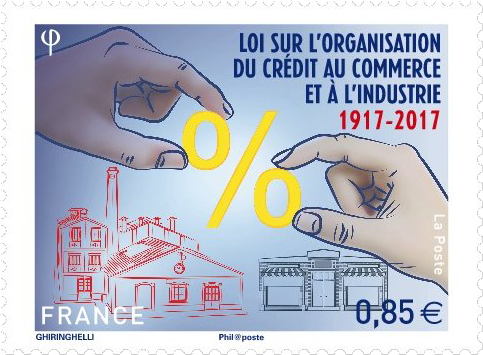Law on trade and industry credit
France – It was during the First World War that the intervention of the State in economic life really began in France. As early as 1911, radical Joseph Caillaux, the newly elected president of the Council, denounced the difficulties encountered by small and medium-sized businesses, small and medium-sized industries, who did not find adequate credit facilities in France. Then not in the tradition of French banks to finance small and medium enterprises.
In 1917, the problem was partly resolved by the adoption of the Clementel law. From legal training, owner of a notary office in Riom, Étienne Clémentel entered politics in the early twentieth century and became passionate about economic issues. Appointed in 1915 as Minister of Commerce, Industry, Posts and Telegraphs, he was at the origin of the law which bears his name: voted on 13 March 1917 by the Chamber of Deputies, its object is “Organization of credit for small and medium-sized businesses, for small and medium-sized industries “.
On the basis of the shortcomings of the French banking system, which paralyzes the rise of commerce and industry in France, the Clémentel law reorganizes the network of popular banks, which are destined to become specialized agencies in short-term loans to SMEs. As a result, popular banks enjoy a number of advantages, including tax exemptions and government advances, but they can only trade with traders, manufacturers, companies.
Through the Clementel law, the state also had a longer-term goal: preparing for the post-war period and putting in place the conditions that would favor the necessary economic reconstruction of the country after the conflict.
Technical Details
Issue Date: 16.03.2017
Designer: Bruno Ghiringhelli
Process: Héliogravure
Size: 40.85 x 30 mm
Values: 0.85€




